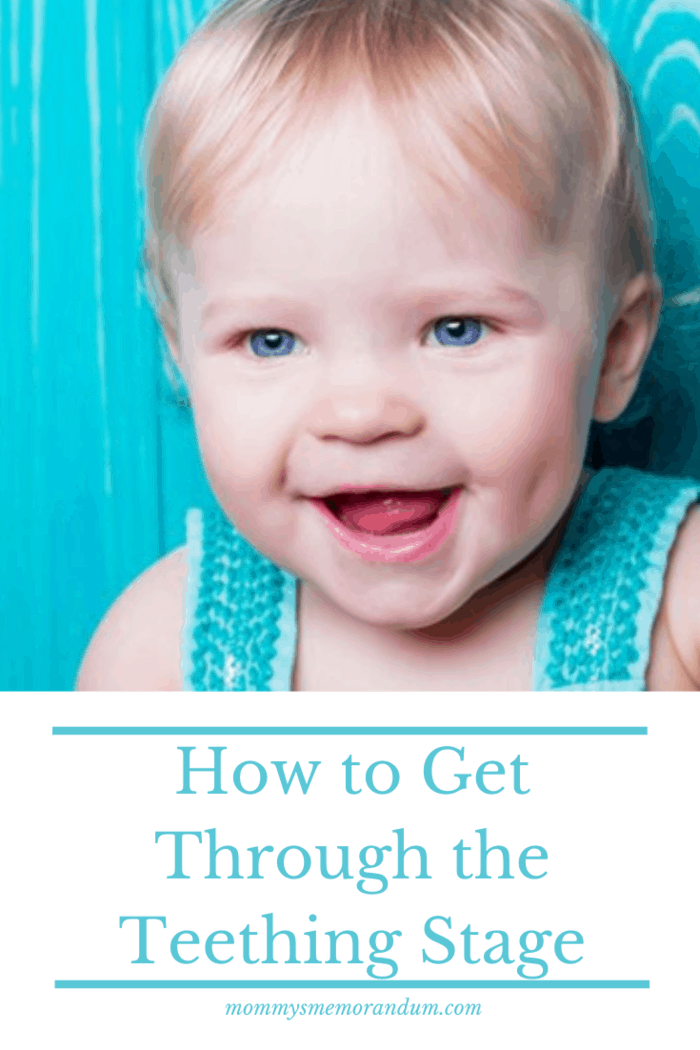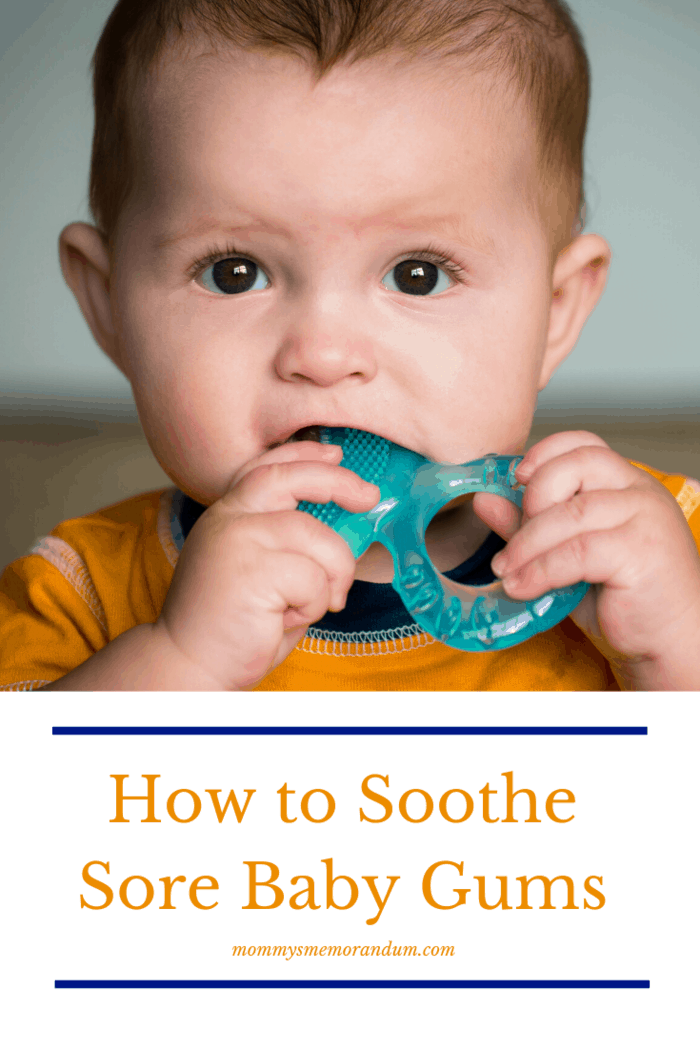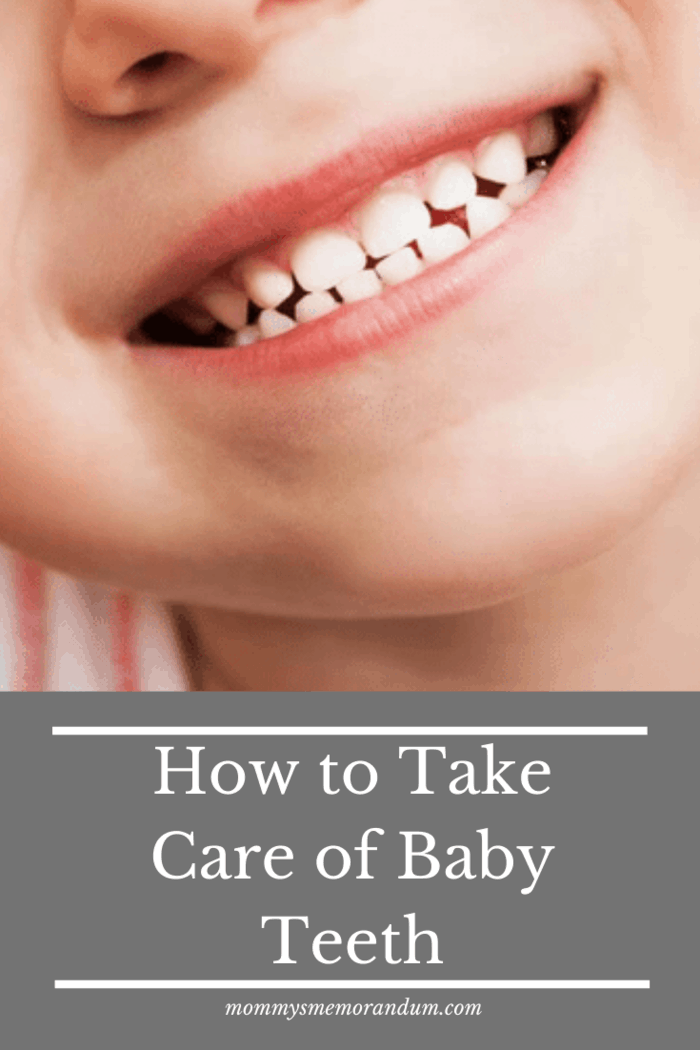Teething is considered one of the millstones for a baby.
As a baby grows, parents find it hard to keep them close by or in one place.
They begin to crawl and roam around in the house exploring different stuff.
However, as soon as they reach the teeth development stage, parents start to worry.
Tooth development stages comprise of 5 significant steps where your baby begins to develop teeth.
This is the part where it is reasonable to see your baby getting cranky or crying for no reason.
This is the time when you need to take your child for a dental check-up.
Worried parents can take help from this article.
This article walks you through the different stages in baby teeth development so that you can have an idea of what to expect or at which stage of baby teeth development your baby is.
What is Teething in Babies?
Teething is the process by which a baby’s first teeth emerge through the gums. It usually begins when a baby is around 6 months old, but can occur earlier or later. Teething can be uncomfortable for babies and may cause symptoms such as fussiness, drooling, chewing on objects, swollen gums, and irritability. Some babies may also experience mild fever and diarrhea during the teething process. However, these symptoms typically go away on their own once the teeth break through the gums. Parents can help soothe their babies during teething by offering them teething toys, gently rubbing their gums with a clean finger or damp cloth, and giving them cool, soft foods to chew on. If a baby seems to be in severe pain or if the symptoms persist, it’s important to consult a pediatrician.

Symptoms of Teething
Teething can cause a range of symptoms in babies, and not all babies experience the same symptoms.
Some common signs and symptoms of teething include:
- Fussiness or irritability: Teething can be uncomfortable for babies, and they may become fussier or more irritable than usual.
- Drooling: Increased drooling is a common sign of teething. The excessive drool can sometimes cause a rash around the baby’s mouth and chin.
- Chewing or biting: Babies may try to alleviate their discomfort by chewing on objects or biting down on things.
- Swollen or tender gums: As the teeth push through the gums, they can cause swelling and tenderness.
- Refusing food: Teething babies may be less interested in eating or drinking than usual, and may even refuse their favorite foods.
- Disrupted sleep: Teething discomfort can make it difficult for babies to sleep soundly, causing them to wake up more frequently at night.
- Ear pulling or cheek rubbing: Some babies may tug at their ears or rub their cheeks in response to the discomfort in their gums.
It’s important to note that some of these symptoms can also be caused by other factors, such as illness or developmental changes, so it’s important to monitor your baby’s behavior and check for other signs of teething such as the appearance of the first tooth.
Some other symptoms of baby teeth growth include:
- Restlessness
- Drooling
- Refusal to eat food due to discomfort
- Fussiness
- Mild rash due to skin irritation
- Rubbing the ear region and cheek
All these symptoms can signal the parents that their baby is in the incipient tooth development stages.
Seeing these symptoms in their babies make parents worry about them. It is normal to see your baby going through this. However, some remedies can help you in alleviating the pain.
Stages of Baby Teeth Development
There are typically four stages of baby teeth development, which are:
- Development of primary teeth: The primary teeth, also known as baby teeth, begin to form in the gums during fetal development. The front teeth usually emerge first, followed by the molars.
- Eruption of primary teeth: The primary teeth start to emerge through the gums when the baby is around 6 months old. The first teeth to emerge are usually the lower central incisors, followed by the upper central incisors and the other front teeth.
- Shedding of primary teeth: As the child grows, the primary teeth start to loosen and fall out to make room for the permanent teeth. This typically begins around the age of 6 and continues until the child is around 12 years old.
- Development of permanent teeth: The permanent teeth begin to form in the gums behind the primary teeth as the child grows. The first permanent molars usually emerge when the child is around 6 years old, followed by the front teeth and the remaining molars.
It’s important to note that not all children follow the same timeline for tooth development, and some children may experience delays or earlier development than others. If you have concerns about your child’s tooth development, it’s best to consult with a pediatric dentist.

Order of Eruption of Primary Teeth in Babies
The order of eruption of primary teeth in babies can vary slightly, but in general, the teeth will emerge in a predictable pattern.
The usual order of eruption is:
- Lower central incisors (usually between 6-10 months)
- Upper central incisors (usually between 8-12 months)
- Upper lateral incisors (usually between 9-13 months)
- Lower lateral incisors (usually between 10-16 months)
- First molars (usually between 13-19 months)
- Canine teeth (usually between 16-22 months)
- Second molars (usually between 25-33 months)
Again, it’s important to keep in mind that this order can vary from child to child, and some children may experience delays or earlier eruption of teeth than others. If you have concerns about your child’s tooth development, it’s best to consult with a pediatric dentist.
How to Soothe Sore Baby Gums
There are several things you can try to soothe your baby’s sore gums during teething.
Here are some tips:
- Massage your baby’s gums: Gently rub your baby’s gums with a clean finger or a damp washcloth to help alleviate the discomfort. You can also use a clean, soft-bristled toothbrush to gently massage your baby’s gums.
- Provide teething toys: Give your baby teething toys to chew on, such as teething rings or toys made of soft silicone. Make sure the toys are clean and safe for your baby to chew on.
- Use a cold compress: A cold compress, such as a chilled teething ring or a clean, damp washcloth that has been cooled in the fridge, can help soothe sore gums.
- Offer cold, soft foods: Cool, soft foods such as yogurt or pureed fruits and vegetables can help soothe sore gums. Make sure to avoid foods that are too hard or chewy, as they can increase discomfort.
- Try a pain reliever: If your baby is experiencing significant discomfort, you may consider giving them an over-the-counter pain reliever, such as infant acetaminophen or ibuprofen. Be sure to consult with your pediatrician before giving your baby any medication.
It’s important to monitor your baby during teething and watch for signs of discomfort or other issues. If you have concerns about your baby’s teething or their overall oral health, it’s best to consult with a pediatric dentist.

How to Take Care of Baby Teeth
Taking care of your baby’s teeth is important for their overall oral health.
Here are some tips for how to care for your baby’s teeth:
- Start cleaning your baby’s teeth early: Even before your baby’s teeth start to emerge, you can clean their gums with a clean, damp washcloth or gauze pad. This helps remove bacteria and keeps their mouth clean.
- Brush your baby’s teeth: Once your baby’s teeth start to emerge, you can begin brushing them with a soft-bristled toothbrush and water. You can start using a tiny amount of fluoride toothpaste (about the size of a grain of rice) once your baby is 6 months old.
- Limit sugary drinks and foods: Sugary drinks and foods can increase the risk of tooth decay. Try to limit sugary drinks and foods in your baby’s diet, and encourage healthy eating habits.
- Avoid putting your baby to bed with a bottle: Prolonged exposure to sugary liquids, such as formula, milk or juice, can increase the risk of tooth decay. Try to avoid putting your baby to bed with a bottle or sippy cup filled with anything other than water.
- Schedule regular dental checkups: It’s important to take your baby to the dentist for regular checkups, even if they only have a few teeth. Your dentist can help monitor your baby’s oral health and provide advice on how to care for their teeth.
- Model good dental habits: Your baby learns by watching you, so be sure to model good dental habits yourself. Brush and floss your teeth regularly and avoid sugary drinks and foods.
By following these tips, you can help ensure your baby’s teeth stay healthy and strong. If you have any concerns about your baby’s oral health, be sure to consult with a pediatric dentist.

Final Thoughts on Teething and its Stages
Teething is one of the most crucial times in a baby’s life.
As the baby grows, teeth development becomes a milestone.
However, at this stage, extreme care is required so babies do not develop any bacterial infection.
Make sure to keep a close eye on your baby during this stage.
Babies might get cranky due to the pain.
You can try different remedies to soothe the pain in such a case.
